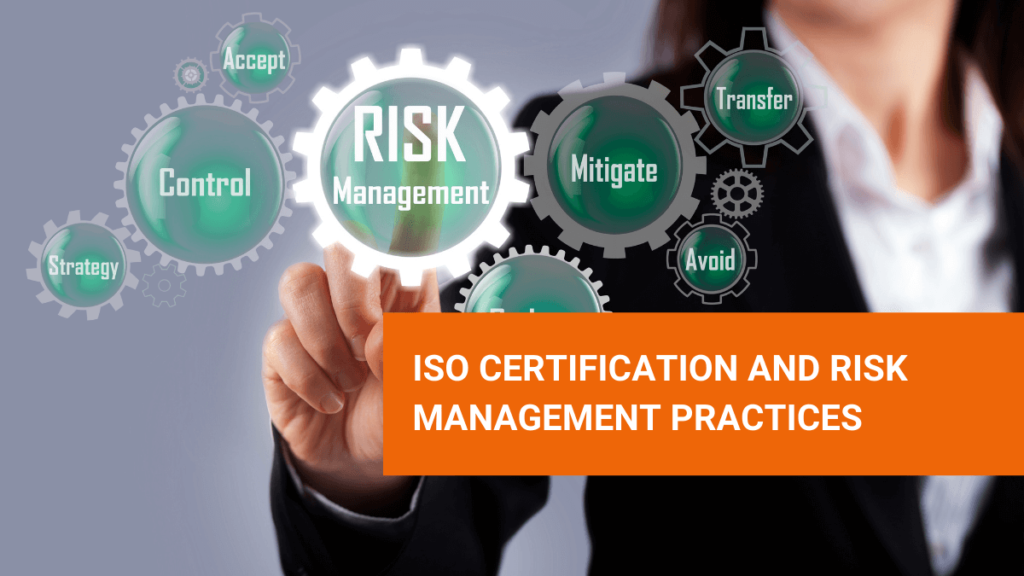The Business Continuity Management System helps companies of all sizes, locations, and activities to enable themselves to be confident and handle any disruptions.
Thus, ISO 22301 Standard will equip the organizations to be ready for handling any disruptions. The standard provides guidelines to continue the business operations effectively during the instance of natural disasters, data hacks, other environmental incidents, etc.
Additionally, the Business Continuity Management (BCM) framework helps to plan, establish, implement, operate, monitor, and review the management system framework.
Business Continuity Management System – Key Benefits
The companies implementing the BCM help them to demonstrate to the clients, customers, and other stakeholders their best practices and compliance with the Business Continuity.

The Business Continuity practices are an ongoing process and the organization must understand the scope of the certification in detail. Hence, the business requirements and goals must be in line with the certification standards.
The ISO 22301 Standard is in sync with other management systems such as ISO 9001 (Quality Management), ISO 14001 (environmental management), and ISO 27001 (Information Security management). Furthermore, there is provision for easy integration of the Business Continuity Standard with other ISO Standards.
Risk Management and Mitigation by ISO 22301 Standard
The key advantage of ISO 22301 Standard is the risk management module as well as the risk mitigation section. Hence, It is a vital part of the Business Continuity Standard.
The Standard consist of a robust framework for identifying risk in an organization through various methods such as:
- Employee sessions and interviews
- Brainstorming and meetings with various teams
- Tracking the event or disruption occurrence in the past
- Risk Assessment through survey and focus group interviews
- Preparing a SWOT Analysis for the organization
- Employee’s expertise in certain processes within the industry sector
By collecting ample information about the occurrence of risks, the complexity, and frequency. The organization team will be able to mitigate them easily with the right strategies. The Framework and guidelines provided by the Business Continuity Management system standard help in tackling the risks accordingly.
Developing a Business Continuity Plan
Business Continuity Standard is an essential certification for every organization worldwide to stay resilient in the event of any disruptions. The business may face risks from various sides ranging from geopolitical, financial, information loss, natural disaster, and many more.
A robust Certification Standard will ensure the organization follows the best practices and there are minimal disruptions to the daily business operations. Having a Business Continuity Plan is essential for every organization. There are several steps to follow for developing a Business Continuity Plan.
1. Business Impact Analysis
The organization must identify its vulnerabilities and the control points. Also, the estimated loss is when a sudden disaster or event strikes. Business impact Analysis takes historical data as well projection to generate reports.

The reports will indicate the financial stability, operational efficiency, and sustainability of an organization. The Business Continuity Standard will provide the required guidelines to transform organizations to stay up during a disruption.
2. Process Recovery
There are always certain critical business functions that are powering the growth of a business. The quick process recovery of these activities is much essential for the organization. ISO 22301 Standard enables organizations to easily re-activate their critical business functions in case of a sudden shutdown.
3. Team Management
One of the important concepts in Business Continuity is Team Management. The various teams in the organization must be ready to manage any sudden disruptions. They should be having a policy manual for disaster management.
There must be frequent Team Meetings and Management Review Meetings to assess the organization’s current business operations. Also, preparing an action plan and required updations to the business processes to continue during any crisis situation must be a top priority across the teams in the organization.
Employee Awareness
Creating employee awareness on the Business continuity standard is an important aspect. It helps employees make an informed decision on the organization’s process and business operations.
Also, in case of any sudden disruptions, the employees will be ready to take the alternative approach and be well informed about the guidelines to follow for a revival.
Business Continuity Standard – Business Implications
Business Continuity Standard offers a robust framework that will empower employees to take the right actions for achieving business sustainability. Based on the nature of operations, the employees will manage the business processes to ensure the company remains active in any scenario.

Hence in nutshell, the Business Continuity Standard ensures the organization is protected from incidents, emergencies, and disasters caused by human or nature, or any technical failure.
The Business Continuity System framework ensures the system performance is constantly monitored. Also, all the vulnerabilities are addressed on time, etc. The ISO 22301 Standard will help an organization stay active and easily revive from an unplanned crisis. The Business Management System provides ample guidelines to follow and ensures all control points are in place.
The management review meeting to implement the best practices indicated in the BCM policies will help in keeping the company afloat during a crisis. The ISO 22301 Standard will help an organization stay active and easily revive from an unplanned crisis.
To know more about ISO 22301 Standard Certification in UAE, talk to our expert ISO Consultants right away!
Contact Us Aurion ISO Consultants



